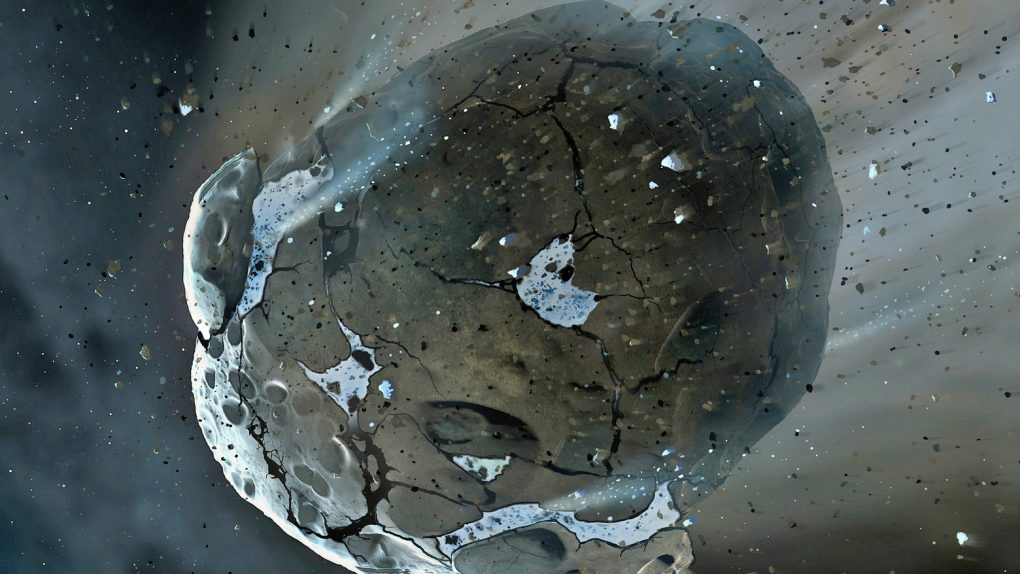- It’s largely agreed upon in the scientific community that a massive impactor was what ultimately doomed the dinosaurs to extinction.
- Where that object came from has been the subject of debate, but Harvard scientists have proposed a possible explanation.
- A team of researchers from the university offers the theory that the impactor originated near the edge of the solar system in a ring of debris known as the Oort cloud.
The debate over what may have killed the dinosaurs and led to the mass extinction of so many species (while also making room for mammals to begin to thrive) will likely never be completely settled. That being said, the scientific community has, in recent years, largely agreed that a massive impact off the coast of Mexico was probably the trigger that set off a series of devastating events that ultimately doomed the dinosaurs and many other plants and animals.
Harvard researchers including Avi Loeb and Amir Siraj are looking to expand on that theory by proposing where such an object may have originated. It’s no easy task to determine the origins of an object that slammed into Earth tens of millions of years before humans even showed up on the planet, but the team used simulations to make the case that the impactor may have originated in the Oort cloud, which is a massive collection of debris situated on the edge of our solar system.
In a new paper explaining their findings, the researchers focus on the behavior of long-period comets. The team notes that when such objects pass close to the Sun they tend to produce a large number of fragments which would then be likely to pass through the orbital path of Earth. They calculated the likelihood that the impactor was an asteroid based on a wealth of data, including documented asteroid impacts, and did the same for comets, which have largely been dismissed as a possible cause of the dinosaur apocalypse.
The researchers say that the fact that comets may fragment when passing by the Sun would dramatically increase the odds of one of those fragments striking Earth. They then used the new math to see whether a comet (or at least a chunk of a comet) was a plausible explanation for the impact.
The team explains:
Here, we show that a fraction of long-period comets are tidally disrupted after passing close to the Sun, each producing a collection of smaller fragments that cross the orbit of Earth. This population could increase the impact rate of long-period comets capable of producing Chicxulub impact events by an order of magnitude. This new rate would be consistent with the age of the Chicxulub impact crater, thereby providing a satisfactory explanation for the origin of the impactor.
Observations suggest that approximately one out of every five long-period comets originating in the Oort cloud eventually comes close enough to the Sun to be disrupted, turning into fragments that increase the odds of an Earth impact by a factor of 10. This falls well short of proof that the impactor that is thought to have killed the dinosaurs was a comet, but it certainly swings the odds of its origins a bit.







